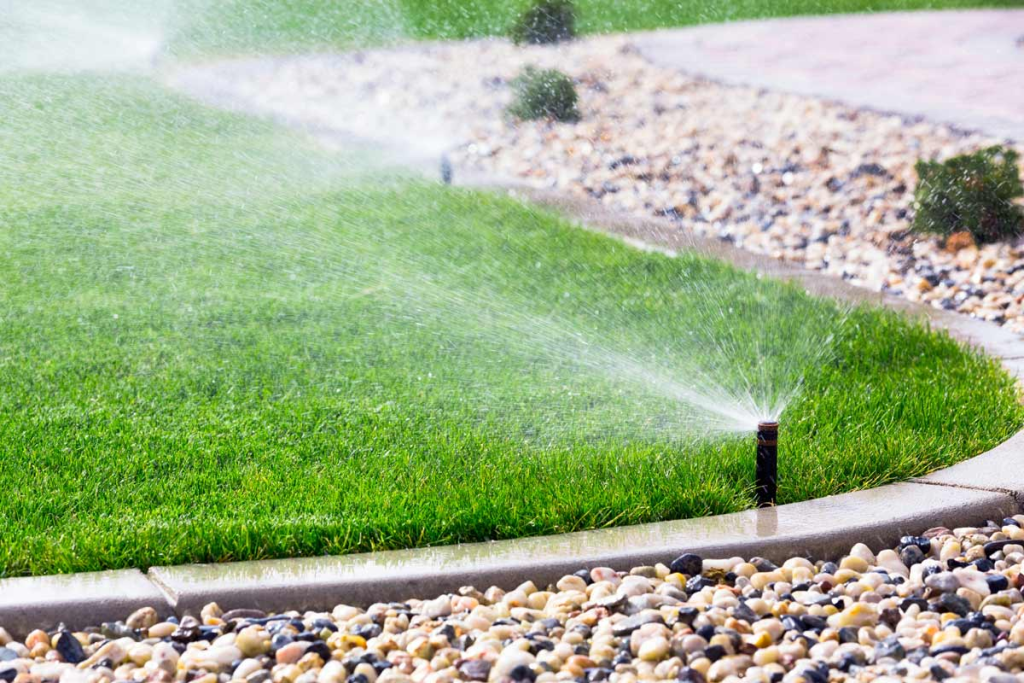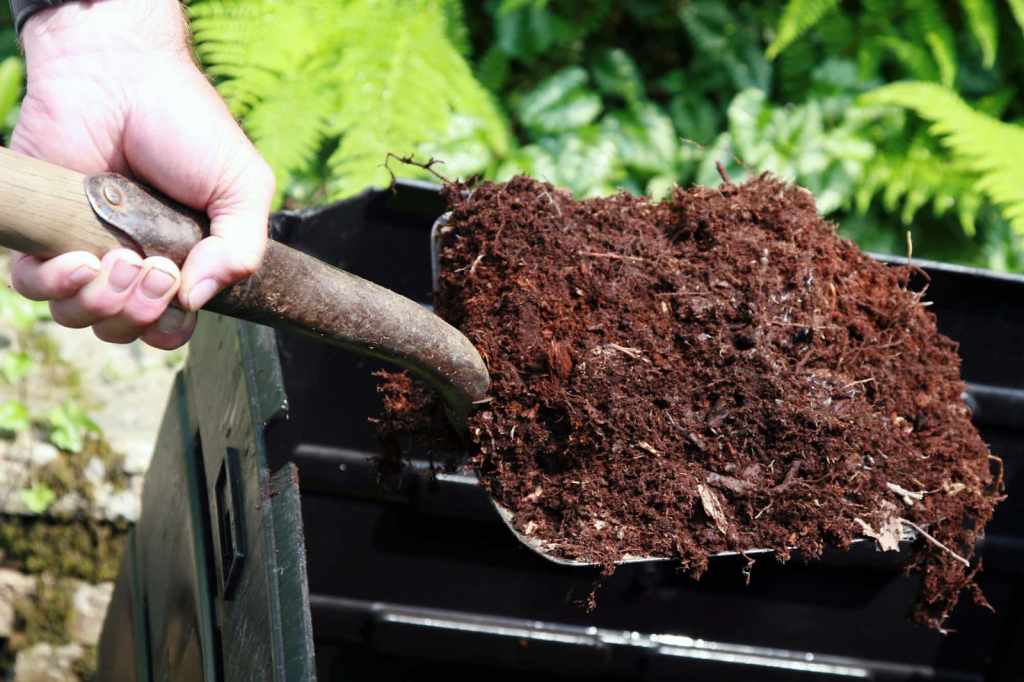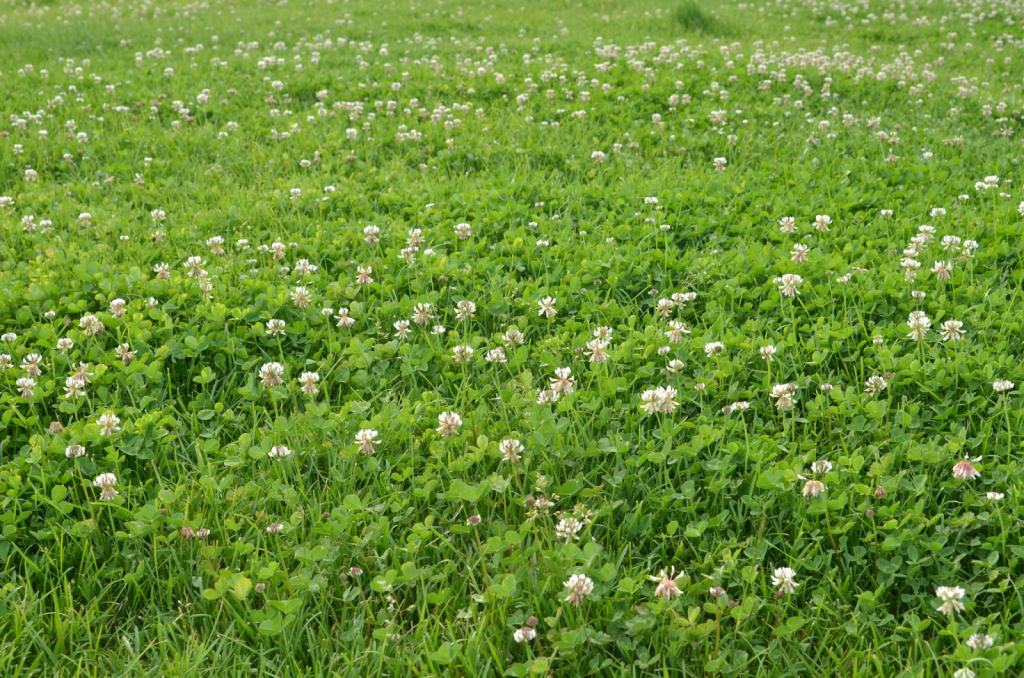Discover smart lawn care in 2025 with these eco-friendly tips, weather-based watering, and clover lawn ideas that cut waste, boost resilience, feed pollinators, and keep your yard low-maintenance and beautiful year-round!
As 2025 ushers in a new era of sustainable landscaping, smart lawn care blends technology, ecology, and design for yards that thrive with less effort. Clover-grass mixes and microclover patches enrich the soil naturally, withstand summer heat, provide valuable nectar for pollinators, and much more.
This guide will share practical steps, seasonal timing, and tools that keep upkeep light while supporting soil health and biodiversity.
Why Traditional Lawns Are Fading and What to Do Instead
Weekly mowing, heavy irrigation, and fertilizer runoff are wearing out their welcome, so traditional turf is losing ground. Excess nutrients that wash into waterways spur algal blooms, which is pushing households to rethink lawn habits.
For a low maintenance backyard, swap portions of grass for drought-resistant landscaping with native, water-wise plants and mulch to cut watering and upkeep. Mix in clover lawn ideas as a patch or blend. Clover fixes nitrogen and can reduce synthetic fertilizer needs. Round it out with eco-friendly lawn tips like grouping plants by water needs and limiting fertilizer before rain.
Benefits of Clover Lawns for Busy, Eco-Conscious Homeowners

Busy weeks still deserve a yard that helps out. Switching to clover brings real benefits: blooms feed pollinators and the plants fix nitrogen, so fertilizer needs drop. Clover often stays greener through dry spells in cooler regions, which can mean less watering after establishment.
For tight spaces, partial or full clover coverage makes practical lawn alternatives for small yards. Simple eco-friendly lawn tips help it thrive: reduce broadleaf herbicides, mow less during bloom, and overseed in spring or late fall. Keep a short list of clover lawn ideas like mixed turf-clover zones or a clover strip along paths.
Smart Watering and Irrigation Systems for Modern Lawns

Smart controllers that adjust to local weather or soil moisture water only when plants need it, keeping coverage consistent and cutting waste. Pair smart irrigation systems with micro or drip lines around beds to deliver water at the root zone and limit runoff.
Use cycle and soak programming on broad zones so water has time to absorb between short runs. This supports a low maintenance backyard with fewer fixes and better roots. As part of water-saving lawn care, check for leaks, update seasonal schedules, and skip watering after rain. Round it out with eco-friendly lawn tips like grouping plants by similar water needs.
Natural Fertilizers & Organic Schedules for a Greener Lawn

Healthy soil sets the tone for a greener lawn, so plan an organic fertilizer schedule around grass type and season. Cool-season turf benefits from fall feedings with slow-release sources, while warm-season grasses respond best in late spring into summer. After core aeration, topdress with compost to improve structure and support biology.
Leave clippings to recycle nutrients and reduce inputs for a low maintenance backyard. Skip heavy feeding during extreme heat or drought. Favor natural lawn treatments such as compost and soil testing, then stick to small monthly routines that build health over time.
Author’s Note: Check out our post on The Best Organic Lawn Fertilizers for natural solutions that build lush and healthy lawns!
Transforming Your Yard into a Sustainable Landscape
Turn a thirsty lawn into a smarter landscape with a simple game plan. Map sunny and shady zones, then replace select turf strips with native plant beds and mulch. This shift builds sustainable lawn alternatives that need less input.
Overseed the remaining grass with white clover. Easy clover lawn ideas include seeding after core aeration for quick soil contact and natural nitrogen support. Keep the mower high and water less often but more deeply to strengthen roots. Maintain a short loop: spot-weed, top up mulch, and expand native patches for a low maintenance backyard.
How to Transition from Grass to Clover the Right Way

Switching turf without fuss starts with timing. For clover lawn, seed in early spring or early fall when growth is active. Mow grass low, rake to expose soil, then broadcast and press seed for solid seed-to-soil contact. Keep the area evenly moist as seedlings establish.
Avoid broadleaf herbicides and dial back nitrogen so clover can fix its own and hold its spot. These eco-friendly lawn tips fit full replacements or overseeding blends.
Pollinator-Friendly Lawn Alternatives to Support Biodiversity
Microclover mixes and simple wildflower patches keep a yard lively with less effort. As low-maintenance pollinator-friendly lawn alternatives, these plantings add nectar and pollen while trimming inputs like fertilizer and frequent mowing. For small spaces, thread microclover through turf.
For sunny corners, sow a basic wildflower blend that fits the site. Try clover lawn ideas such as overseeding with white clover to thicken cover and support bees. Pair with eco-friendly lawn tips like mowing higher and avoiding herbicides around blooms.
Conclusion
Smart lawn care in 2025 flips the script on chores with sensor-driven sprinklers and clover lawn ideas that crowd out weeds and boost soil health. Applying these eco-friendly lawn tips cuts watering and mowing time while turning fertilizing into an occasional task.
The result is a low maintenance backyard that still flourishes under foot and in photos. Mixing high-tech moisture alerts with clover seeding becomes one of the best sustainable yard solutions to save money, conserve resources, and build a greener habit.
Choose your area, plant your clover, and tell us about your green success in the comments below!


